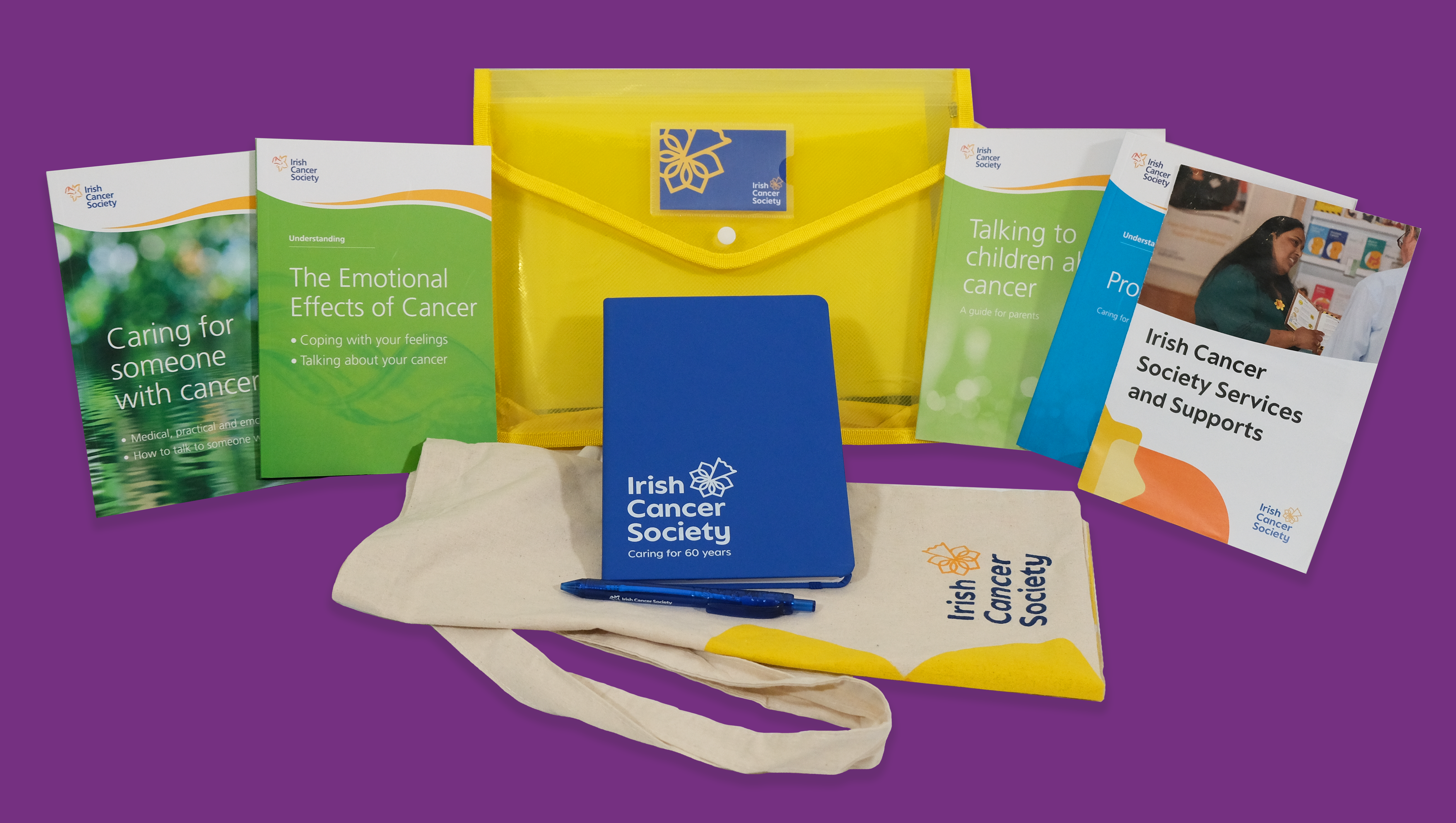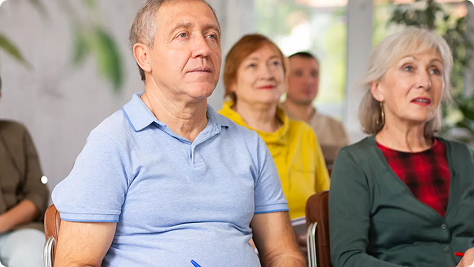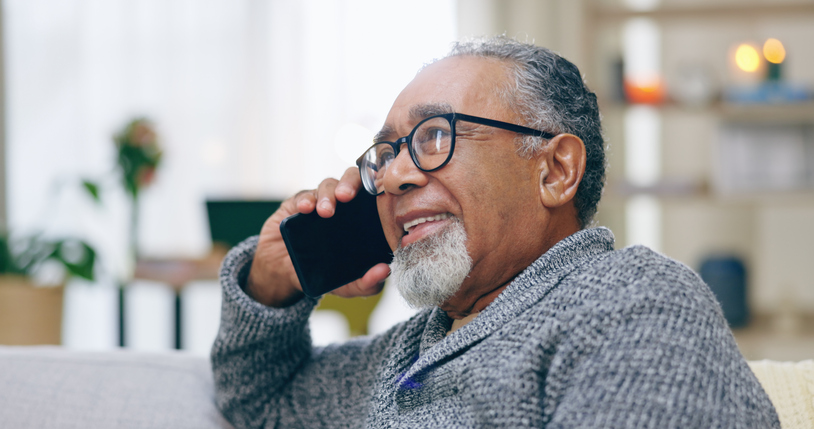If you have any questions about what you’ve seen, our Support Line cancer nurses can help on 1800 200 700.
Targeted drug therapies
Targeted drug therapies target parts of cancer cells that make them different from normal cells.
What are targeted drug therapies?
Targeted drug therapies target certain parts of cancer cells that make them different from normal cells. They can:
- Help stop cancer from spreading, slow its growth, or destroy cancer cells that have spread to other parts of your body.
- Treat cancer that has spread or come back after treatment.
Targeted drug therapies are not suitable for all types of cancers. For some cancers, targeted drug therapies are one of the main treatments. For example, melanoma and chronic myeloid leukaemia.
We have more about targeted therapies used for some types of leukaemia.
Whether you have targeted therapy depends on:
- Your overall health
- The type of cancer you have and how far it has spread (the stage)
- Your treatment history
- Whether you have specific genetic changes in your cancer
Before you have some types of targeted drugs you might need to have tests using some of your cancer cells or a blood sample to find out whether the treatment is likely to work. The tests can look for changes in certain proteins or genes. Some drugs target these changes so they won’t work unless your cancer cells have them.
This is not the case for all targeted drugs and you don’t always need these tests.
How do targeted therapies work?
Different targeted therapies work in different ways. Targeted therapies can work to:
- Block or turn off chemical signals that tell the cancer cell to grow and divide.
- Change proteins within the cancer cells so the cells die.
- Stop making new blood vessels to feed the cancer cells.
- Carry toxins to the cancer cells to kill them.
- Help chemotherapy get directly to cancer cells.
There are many types of targeted therapies, and some fit into more than one category, so it can be a bit confusing. Some of the main types are:
- Monoclonal antibodies
- Cancer growth inhibitors
- Angiogenesis inhibitors
- PARP inhibitors
If you want to know more about how these different types work, see our booklet Understanding chemotherapy and other cancer drugs.
How are targeted therapies given?
- A drip (intravenous infusion) into the bloodstream through a vein – drugs are diluted in a large bag of liquid and go in slowly over several hours.
- An injection into the bloodstream (usually through a vein). The drugs are injected into a drip by a nurse. It can last from a few minutes to 20 minutes.
- Tablets or capsules taken by mouth (oral therapies). Read more about oral therapies or watch our videos.
Cycles and courses of treatment
Targeted therapies are usually given in a course of treatments. A treatment course often takes between 3 to 6 months but it can be more or less than that.
A course is made up of cycles. A cycle is the day or days of your treatment, followed by a rest period, when you have no treatment and your body is recovering. Your cancer doctor will explain the number of cycles you need to treat the cancer. It will depend on your type of cancer and the drug or drugs you are receiving.
Targeted therapies and other cancer treatments
Targeted therapies can be given in combination with other treatments, such as chemotherapy or radiotherapy. For some cancer patients, targeted therapies are the only treatment needed.
Targeted therapy side-effects
Different drugs can cause different side-effects. Your doctor and specialist nurse will talk to you about the drugs you’ll be having and possible side-effects. You may get side-effects after the first dose, a bit like an allergic reaction. You may get medication to help with this.
Always tell your doctor or nurse about any side-effects you have. Your doctor can give you drugs to help control some side-effects. After your treatment is over, most side-effects start to improve.
Your team will give you medications to get you through the side-effects. Take them. Tell your doctor or nurse how you’re feeling and they will be able to help you.
You may find it helpful to keep a record of some side-effects. This can help you talk to your doctors and nurses, and find the best way to manage them. Most side-effects ease in the weeks and months after treatment.
Coping with side-effects
We have more on side-effects and tips to help you cope.
Patient Education videos
Our targeted therapies videos are for patients who are due to begin treatment shortly.
You can watch our targeted therapies videos online in your own time
Watch the full series of 5 videos covering what to expect in your treatment plan, side-effects and supports available to you.



Talk to a Cancer Nurse

Support Line
Our Daffodil Centres

